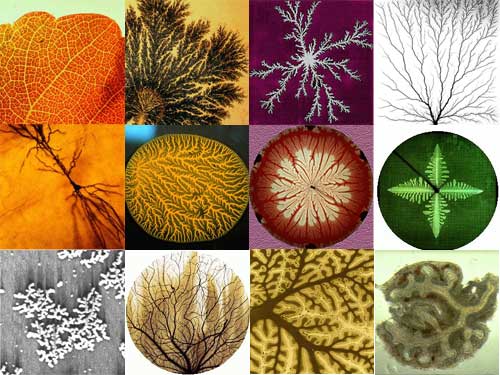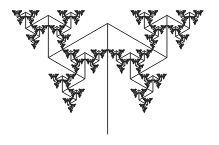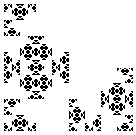 |
Tara Taylor's Research |
 |
 |
Tara Taylor's Research |
 |
There are many things that interest me, and so my background and current research activities are quite diverse.
One of my main research areas is in fractals and topology. One ongoing project is an investigation of the topological properties of the Sierpinski relatives, a class of fractals that all have the same fractal dimension but different topologies. Another class of fractals that interests me are fractal trees.
I have been a member of MathWeave since 2012. This is a research group that consists of a diverse group of researchers who explore connections between math and art, particularly textile arts. We publish papers on our findings, present workshops to various audiences, and provide resources for math educators and teachers.
As an undergraduate student at the University of Winnipeg, I did some work in the area of algebraic graph theory with Dr. William Martin. For my master's degree at Dalhousie, I worked with Dr. Alan Coley in cosmology. My master's thesis involved the analysis of cosmological models with dynamical systems. In May 2005, I successfully defended my PhD thesis "Computational Topology and Fractal Trees" (see below for a link to the thesis), so my current research involves an analysis of fractal trees using methods of computational topology. My supervisor was Dr. Dorette Pronk of Dalhousie University.
Topology

Fractals





Sample Presentations (see cv for complete list of publications)
Mathematical Variations on Woven Bookmarks and Figure Eights
(StFX Math Camp 2017 talk) Surprising Connections in Math: From the Golden Ratio to Fractals
last updated April 2018